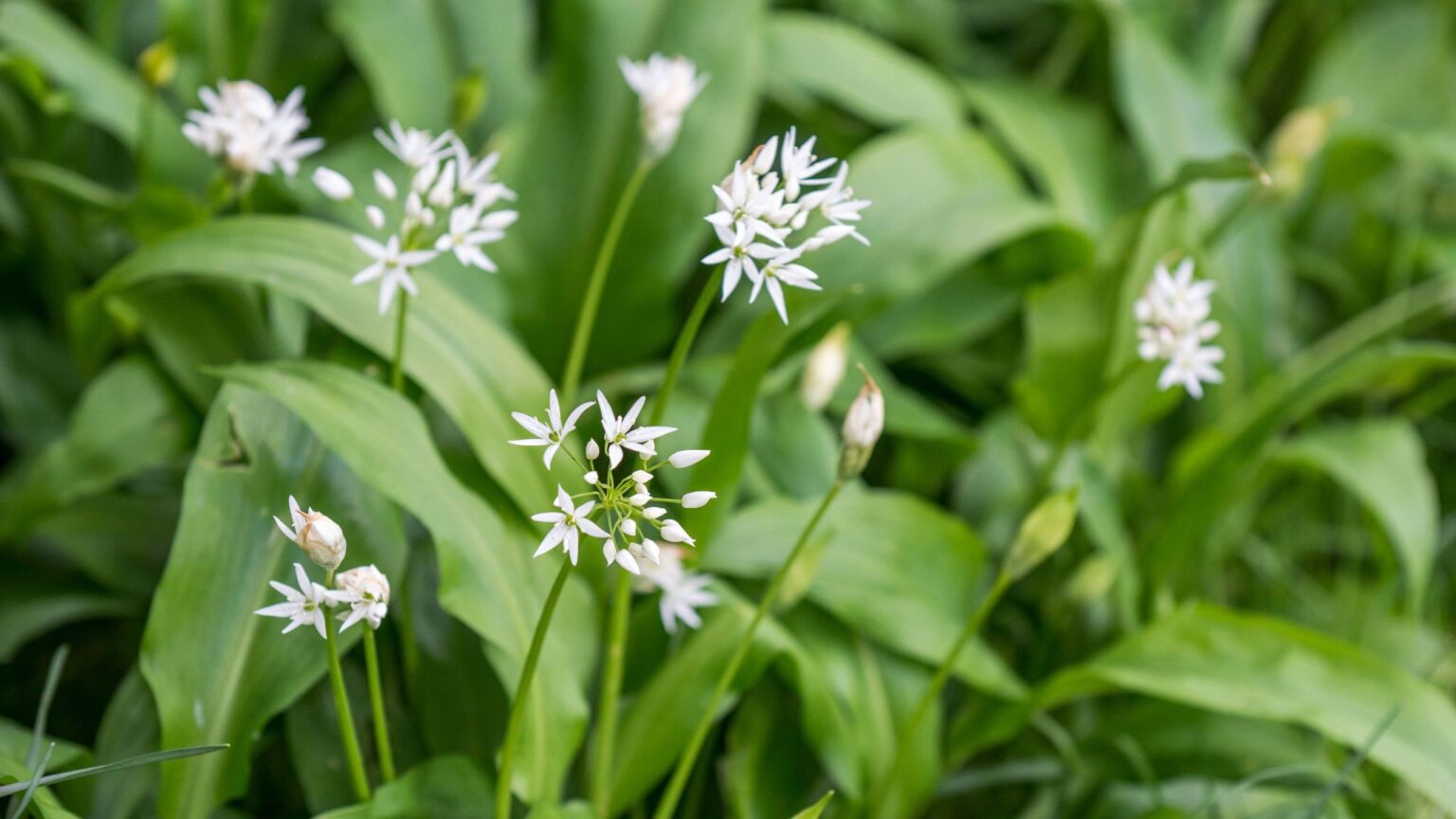There are invasive plants, and then there are invasive bulbs – the kind that creep up on us and our gardens.
Autumn is the ideal time to plant bulbs for spring, but that’s generally the popular flowering sort: daffodils, tulips and hyacinths, to name a few. Certain bulbs can actually do your garden more harm than good – they’ll multiply rapidly, overtaking garden and beds and borders.
1. Oxalis
Don’t let the delicate flowers fool you: oxalis are shining examples of invasive bulbs you should never plant.
Also known as sorrel and false shamrock, Oxalis is known for its attractive flowers and foliage. Not all species are bad, though – it’s Oxalis corniculata, Oxalis debilis and Oxalis latifolia that you’ll need to watch out for.
‘These plants can spread through both seed production and underground rhizomes, meaning they can quickly colonise large areas of soil,’ explains Josh Novell, plant expert and managing director at Polhill Garden Centre.
‘Oxalis are highly resilient, making them tough to remove. Even a tiny piece of root left behind can sprout a new plant.’
If you do decide you want to grow oxalis, it’s best to plant them in a pot. Oxalis triangularis from Crocus is less invasive, has rich purple foliage, and is perfectly suited to a container or rock garden.
2. Wild garlic
Wild garlic is a forager’s favourite for a reason: it belongs in the woods, not the garden. It spreads sneakily, through bulbs and seeds underground, and can quickly outcompete other plants in the garden.
‘Wild garlic, although fabulous for stuffing in a roast chicken, is best left in its natural habitat – growing wild in the woods,’ says garden designer Harriet Worsley.
‘It looks so beautiful with its strappy leaves and its little white flowers, with that whiff of Italian cooking as you walk by, but don’t be tempted to bring it into your garden, because it will take over.’
Of course, you could just learn how to grow garlic instead, as it’s the perfect time to plant the sets. Varieties like Garlic ‘Messidrome’ from Thompson & Morgan are perfect for autumn planting.
3. Spanish bluebells
It might be a good time to plant bluebell bulbs, but not every type is suitable for the garden – and Spanish bluebells are especially notorious for taking over beds and borders.
‘Spanish Bluebells are infamously vigorous and bullish,’ says Annelise Brilli, horticultural expert at Thompson & Morgan. ‘I have even seen them resurface when the original bulbs were buried over a metre deep beneath a newly installed raised bed!’
It’s because they’re such deep-rooted bulbs – simply pulling the leaves from the ground at the end of the growing season will often leave the bulbs behind, ready to spread beneath the soil surface.
‘Their annoying habit of inserting bulbs right into the rootball of valued perennials causes even further fury,’ Annelise adds.
That doesn’t mean you have to forgo bluebells altogether, though – instead, go for types like these English bluebells from Thompson & Morgan.
4. Siberian squill
Siberian squill is another invasive bulb you should never plant in your garden if you don’t want to deal with an infestation.
‘It spreads through both seeds and bulbs, creating dense colonies that can overwhelm other vegetation,’ explains Josh from Polhill Garden Centre. ‘While it thrives in a range of conditions, its aggressive growth makes it difficult to control. It can also self-seed prolifically, further increasing its spread.’
Siberian squill is a nightmare to remove once it’s taken hold of your garden, too, because it’s easy to miss the tinier bulbs. While it’s one of the best spring bulbs for shade, other options like snowdrops are far less invasive (and you can plant these snowdrop bulbs from B&Q now).
5. Three-cornered garlic
Another garlic plant! Three-cornered garlic is another invasive bulb you should leave to the wild.
‘Not to be confused with broad-leaved wild garlic, three-cornered garlic has strappy leaves and looser flower umbels,’ explains Annelise. ‘Three-cornered garlic also spreads by seeds and bulbs, and despite easing clumps out carefully with a fork and then gingerly lifting them out, the bulbils are so weakly attached that hundreds of them always drop off in the process.’
6. Italian arum
Recognisable by its grape-like heads, Italian arum is another invasive bulb you should never plant. The plants are toxic to humans and animals, too.
‘Its persistence and toxicity make it a particularly troublesome species,’ says Josh. ‘The plant spreads underground through tubers, which are challenging to remove completely as they can fragment and regenerate throughout the soil.’
To make matters worse, the berries are often spread by birds – so it’s worth saving your neighbours from an Italian arum problem by steering clear of them!
7. Star of Bethlehem
The flowers of the star of Bethlehem might seem striking, but they’re actually considered weeds – and they can quickly become the absolute bane of the garden.
‘Also known as Ornithogalum, the star of Bethlehem plant is a tenacious weed that can quickly overrun gardens, making it nearly uncontrollable to maintain,’ warns Josh. ‘This plant reproduces through underground bulbs that multiply quickly, forming dense colonies that can crowd out other plants.’
Even deep below the surface of the soil, the bulbs can survive, which is why it’s so hard to completely get rid of the bulbs once they’ve established themselves in your garden.
FAQs
What is the most invasive plant in the UK?
There are plenty of invasive plants you should avoid planting in your garden, but Japanese knotweed is one of the most infamous. It’s a devil to get rid of once it’s there, and it’s considered one of the very worst by unfortunate gardeners and experts who’ve had dealings with it.
Keep these bulbs off your list of jobs to do in the garden in November and your spring garden should be smooth-sailing!
Read the full article here

